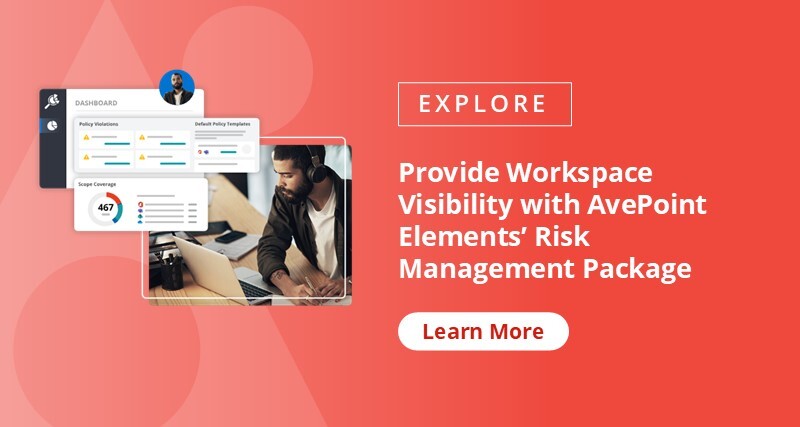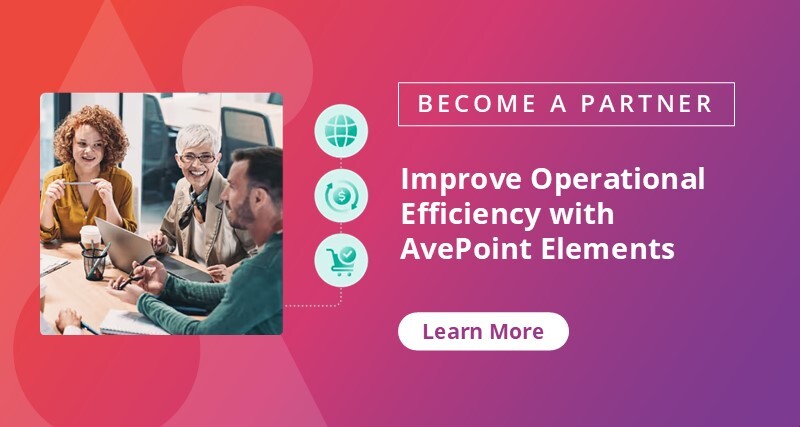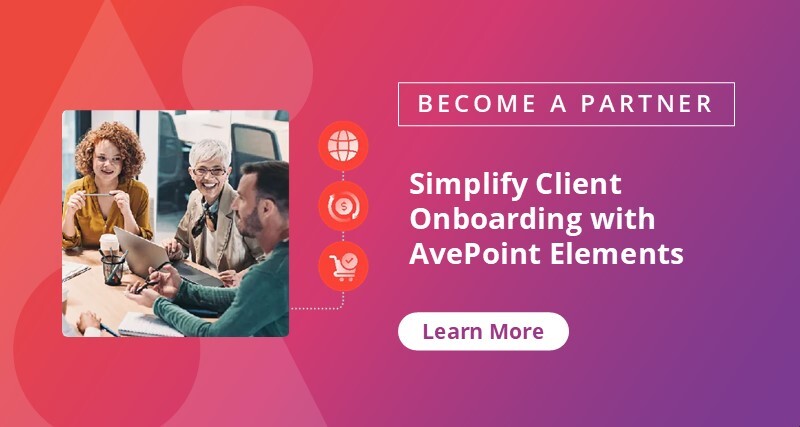Seamless Onboarding for MSPs: A 4-Step Guide to Efficiency

Managed service providers (MSPs) are increasingly becoming the go-to solution for businesses seeking to streamline their IT operations. However, the success of an MSP’s relationship with a new customer begins with its ability to onboard new customers seamlessly.
The onboarding process sets the tone for the entire relationship and can significantly impact customer satisfaction and retention. Getting it right from the start is crucial since 56% of consumers who experience poor service will not purchase products and services from the same company.
A partnership that gets off on the right foot can translate to customer loyalty and more profits. A mere 5% boost in customer retention can assist with a 25% to 95% increase in profit. To keep a healthy and lasting customer relationship, MSPs should consider the best approaches and use the right tools to allow an effective onboarding. This should involve understanding the needs of customers, putting a solid plan in place, and carrying out the plan effectively.
4 Steps to Efficient Client Onboarding
Here are the ways MSPs can employ to ensure a smooth onboarding process:
1. Understand the Customer’s Needs
According to Adobe’s The State of Digital Customer Experience report, for 70% of customers, an organization must provide a seamless experience at any point of interaction.
To begin a smooth-sailing onboarding, MSPs must first get a grasp of the client’s current operational landscape and immediately understand their needs.
To uncover the customer’s pain points and expectations, MSPs should ask the right questions, which could include the following:
- Are there any recurring technical issues that need immediate attention?
- What types of sensitive data do you handle, and what are your data protection requirements?
- Do you have any planned technology investments or upgrades?
- What are your primary business goals and how can we support them?
- Do you require 24/7 support or specific hours of coverage?
- Are there any specific reporting or analytics requirements you have?
In addition to these initial questions, MSPs must also conduct a thorough assessment of the customer’s current IT infrastructure. An automated tool, such as AvePoint Elements’ risk assessment capability, can assist with running a quicker digital environment analysis, which can show all the risks within a customer’s infrastructure.
MSPs can then present the detailed risk report that the risk analysis creates and present recommendations to the client. For MSPs, this helps make a case for the services and products they can offer to their clients. Not only will clients be pleased with the efficiency of quickly understanding the issues in their environment, but MSPs will also gain the opportunity to recommend solutions that could translate to revenues. Once agreed upon, it can be the basis of the statement of work that MSPs commit to the clients.

2. Develop a Customized Onboarding Plan
Once the customer’s needs are understood, the MSP should develop customized solutions for the client.
Relationships of MSPs with clients are built on trust, transparency, and the assurance of delivering quality services. MSPs’ service-level agreement (SLA) with the client must outline the scope of their services and define the roles and responsibilities of both parties. The plan should be communicated clearly to the customer to ensure they understand what to expect and will help prevent any misunderstandings or conflicts.
The SLA must include:
- Roles and responsibilities
- Clear definition of MSP responsibilities
- Client obligations and requirements
- Contact persons for both parties
- Change management procedures
- Service scope details
- Specific software, hardware, and network components under management
- Priority levels for different types of incidents
- Guaranteed response times for each priority level
- Escalation procedures for unresolved issues
- Performance and compliance requirements
- Regular reporting schedule
- Data backup and recovery procedures
- Incident response and breach notification protocols
- Financial terms and conditions
- Pricing structure and payment terms
- Additional service costs and billing procedures
3. Leverage Technology
Unnecessarily lengthy onboarding creates friction between MSP and customer while also likely representing inefficiency and opportunity cost for the MSP where that time could be spent serving other clients.
MSPs can use software solutions to track the onboarding process and ensure it is done swiftly. They can also use project management tools to coordinate tasks and ensure everyone is on the same page.
With the AvePoint Elements portal, MSPs can invite and manage new customers and activate services with a two-step setup. Upon assigning licenses to customers, they can be up and running instantly.
MSPs can even launch cloud services to multiple customers simultaneously through Elements, making it a quick and seamless experience for both the MSPs and their customers.
AvePoint Elements provides a frictionless onboarding system to MSPs by allowing service providers to automate a regular, critical practice without losing sight of the quality and control needed.
MSPs can create out-of-the-box templates or customized baselines to help quickly jumpstart infrastructure management for MSPs’ clients. The immediate creation of these custom templates can help service providers to quickly jumpstart on managing clients’ workspaces. Such feature allows MSPs to centralize the management of digital workspace security and configurations.
Coupled with a unified view of risk monitoring and workspace management, MSPs can provide better operational efficiency and more time to attend to things that matter — providing top-tier service to clients and finding opportunities to increase revenues. Elements’ Partner Operations Center provides MSPs with full visibility to upsell new service offerings aligned with clients’ needs.

4. Implement the Onboarding Plan
The relationship of MSPs with clients doesn’t end with creating a plan; the real challenge lies in its implementation and the steps taken thereafter to ensure its success.
In this phase, the client typically gives MSP access to its systems, allowing the latter to set up the necessary systems and processes.
MSPs should consider a phased approach, allowing the client to gradually adapt to the new system and minimize disruptions. It also provides an opportunity to identify and rectify issues early, preventing them from escalating.
MSPs should provide adequate training and resources to the client’s team before, during, and after the implementation. This ensures clients are comfortable with and can use the new solution effectively. It is vital to remember that each client has different needs and expectations. Some may require more training, while others may need more technical support.
During post-implementation, MSPs should continuously monitor the systems and applications, track key metrics such as product usage, and provide ongoing customer support whenever needed. It includes regular system updates, troubleshooting, and addressing any issues.
AvePoint Elements provides MSPs with a unified platform that brings together all monitoring across multiple clients, different tenants, and platforms in one place. It allows for easier visibility and security for clients’ environments.
AvePoint’s Approach to Efficient MSP Onboarding
A smooth sailing onboarding process is crucial for MSPs to attract and retain customers. By effectively communicating the plan, providing personalized support and training, and monitoring progress, MSPs can ensure a successful onboarding experience for their customers.
The AvePoint Partner Program is designed to be scalable, easy to use, and enable MSPs to work as true partners so they have what they need to seamlessly onboard customers and grow their business. Along with our program are modern solutions like AvePoint Elements, which helps MSPs simplify and scale customer onboarding.

Phoebe Magdirila is a Senior Content Marketing Specialist at AvePoint, covering SaaS management, backup, and governance. With a decade of technology journalism experience, Phoebe creates content to help businesses accelerate and manage their SaaS journey.



